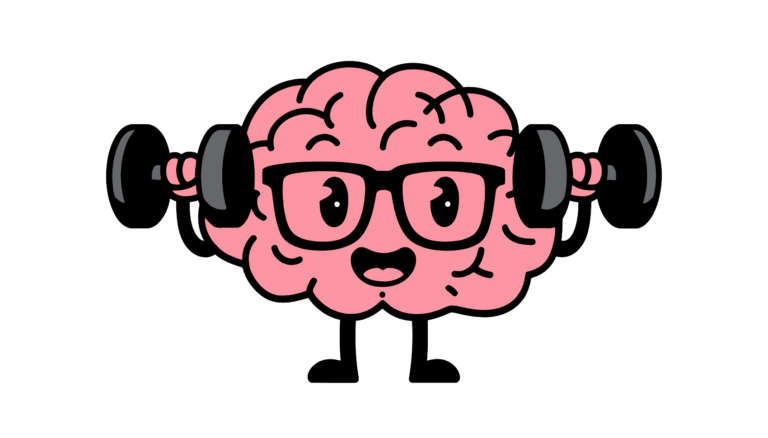Stretch Exercise: The Ultimate Guide to Improve Flexibility and Mobility
Introduction to Stretch Exercise
Stretch exercise is a fundamental component of any fitness routine, yet it is often overlooked in favor of more intense workouts. Incorporating regular stretching into your daily regimen can significantly improve flexibility, reduce muscle stiffness, and enhance joint mobility. Whether you’re an athlete, a fitness enthusiast, or someone looking to alleviate muscle tension, stretch exercises offer numerous benefits that contribute to long-term physical health.
This comprehensive guide explores the importance of stretching, provides a detailed routine with AI image prompts for visualization, and answers common questions to help you maximize the benefits of your stretch exercise routine.
Why Stretch Exercise is Essential
Stretching plays a crucial role in maintaining muscle elasticity and joint function. When muscles remain tight due to inactivity or repetitive movements, they can lead to discomfort, poor posture, and even injuries. Stretch exercises counteract these effects by lengthening muscle fibers, increasing blood circulation, and promoting relaxation.
Key benefits of stretch exercise include:
- Improved Flexibility: Regular stretching gradually increases your range of motion, making everyday movements easier.
- Reduced Muscle Soreness: Stretching after workouts helps alleviate delayed onset muscle soreness (DOMS).
- Enhanced Posture: Tight muscles, especially in the chest and hips, can cause slouching. Stretching corrects imbalances.
- Injury Prevention: Flexible muscles and tendons are less prone to strains and sprains.
- Stress Relief: Stretching activates the parasympathetic nervous system, promoting relaxation.
A Complete Stretch Exercise Routine
Follow this step-by-step stretch exercise routine to target major muscle groups. Hold each stretch for 20-30 seconds while breathing deeply.
1. Supine Hamstring Stretch
Lie on your back with one leg extended straight up. Gently pull the leg toward your chest while keeping the other leg flat on the ground. This stretch targets the hamstrings and lower back.
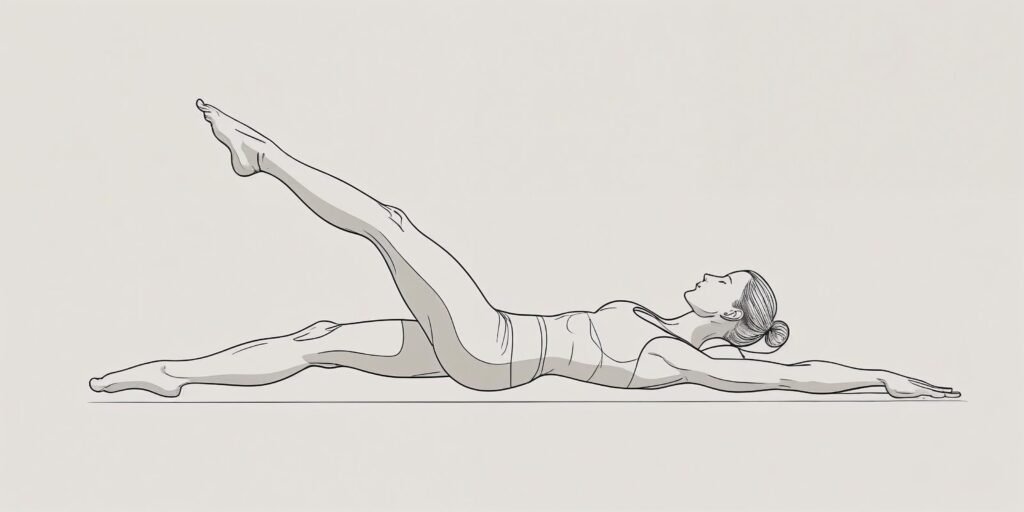
2. Low Lunge
Step one foot forward into a lunge, ensuring your front knee is aligned with your ankle. Keep your back knee on the ground and press your hips forward to stretch the hip flexors. Raise your arms overhead for a deeper stretch.
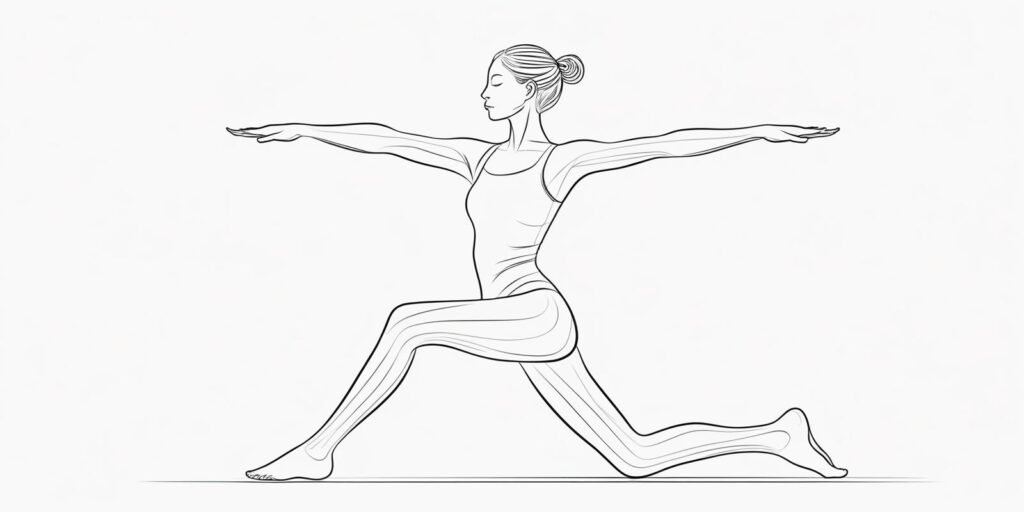
3. Half Splits
From the low lunge, straighten your front leg with the foot flexed. Lean forward slightly to deepen the stretch in the hamstring. Keep your hips square for maximum effectiveness.
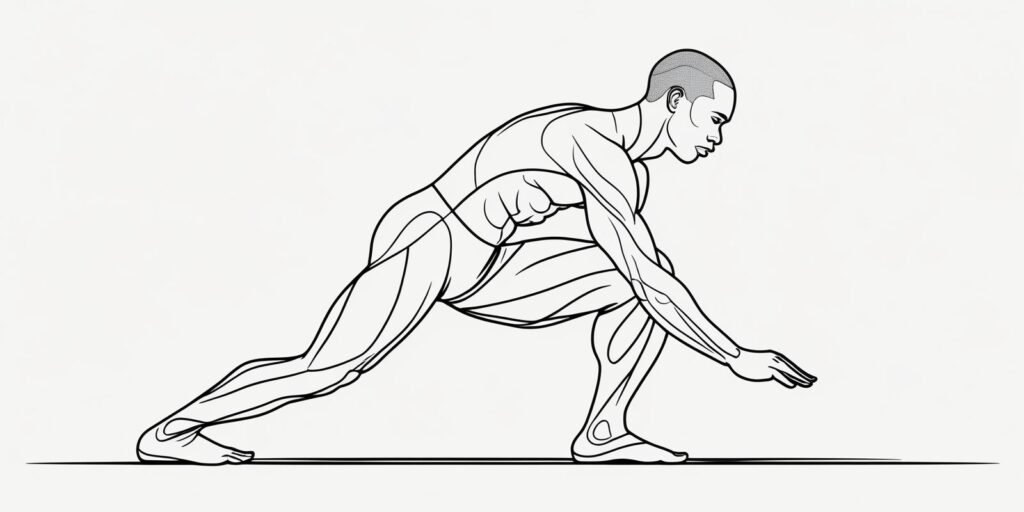
4. King Pigeon Pose Variation
Sit with one leg bent in front and the other bent behind you. Reach back and hold your back foot, pulling it gently toward your body to stretch the quadriceps and hip flexors.
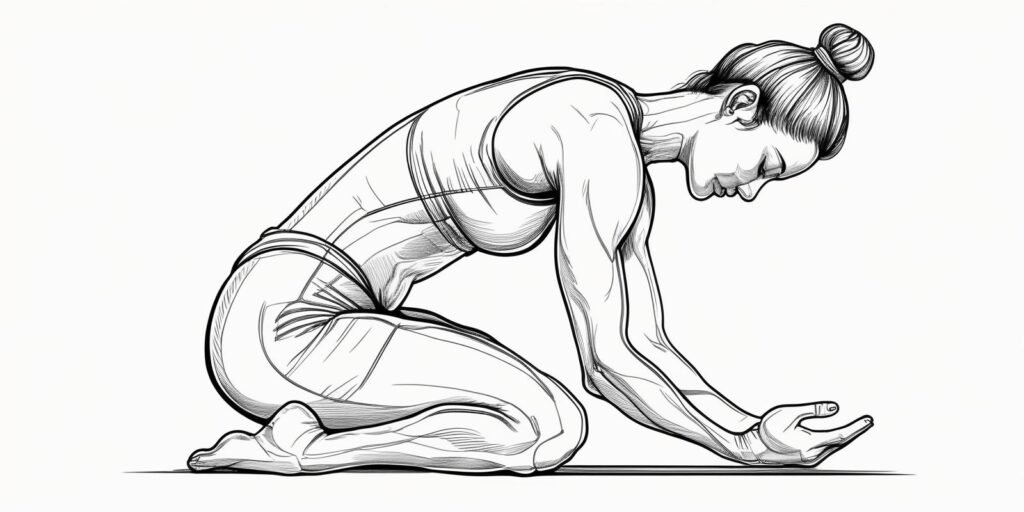
5. Low Lunge with Backbend
From the low lunge, arch your back slightly and reach your arms overhead. This variation opens the chest and stretches the hip flexors more intensely.
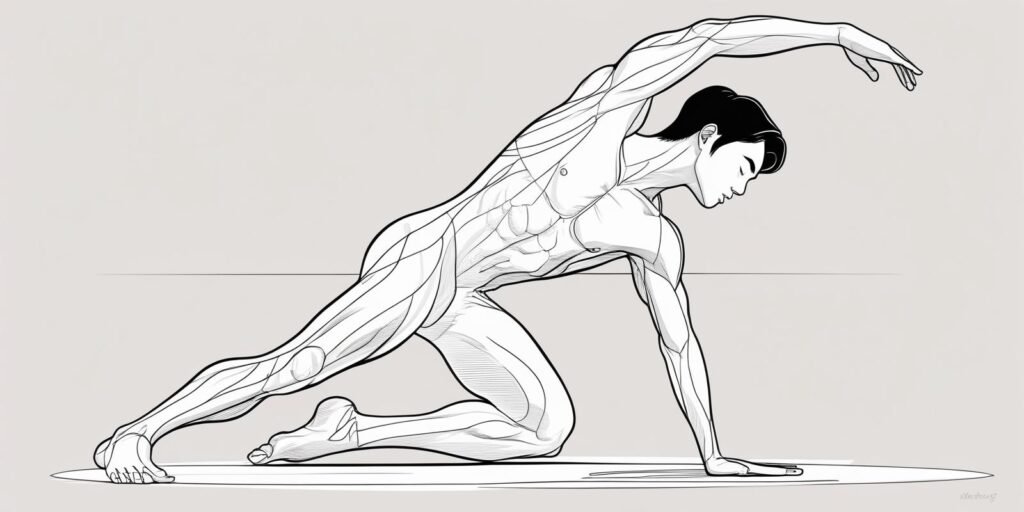
6. Lizard Pose
Place both hands inside your front foot in a lunge position. Lower your elbows to the ground to deepen the stretch in the hips and groin.
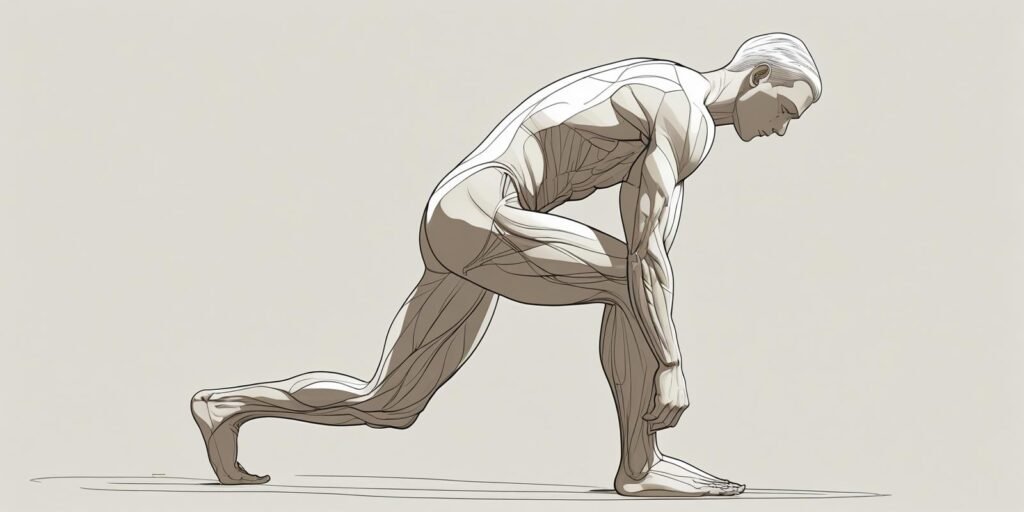
7. Seated Forward Fold
Sit with one leg extended and the other bent, foot against the inner thigh. Reach toward your extended foot to stretch the hamstrings and lower back.
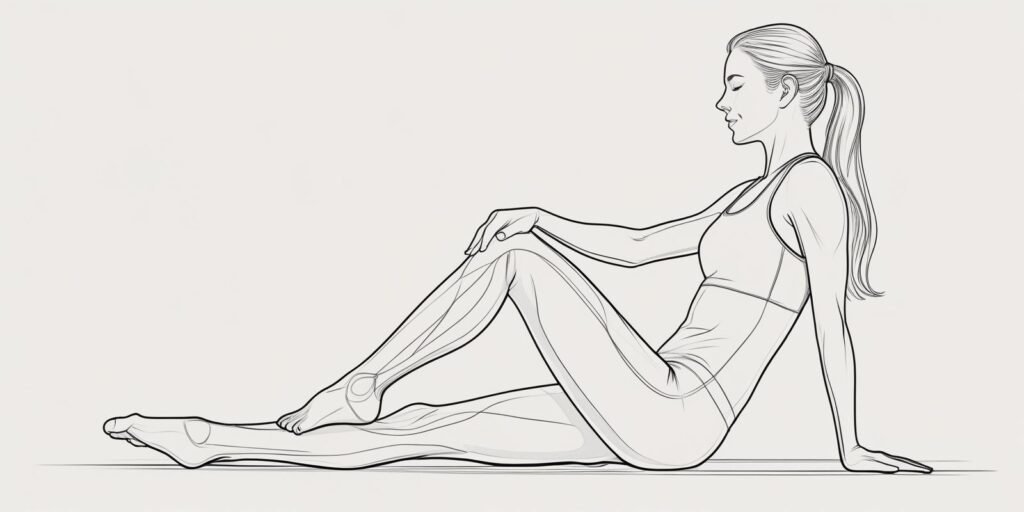
Frequently Asked Questions (FAQs)
1. How often should I do stretch exercises?
Aim for at least 3-5 times per week, or daily if possible. Consistency is key for long-term flexibility gains.
2. Should I stretch before or after a workout?
Dynamic stretches are best before a workout to warm up muscles, while static stretches are ideal post-workout for recovery.
3. Can stretching help with back pain?
Yes, targeted stretches for the hamstrings, hips, and lower back can alleviate tension and improve spinal mobility.
4. How long should I hold each stretch?
Hold each stretch for 20-30 seconds, repeating 2-3 times per side for optimal results.
5. Is stretching safe for everyone?
Most people can stretch safely, but those with injuries or medical conditions should consult a healthcare provider first.
Conclusion
Stretch exercise is a powerful tool for improving flexibility, reducing muscle tension, and enhancing overall mobility. By incorporating these stretches into your routine, you can experience greater ease of movement, better posture, and reduced risk of injury. Whether you’re a beginner or an advanced athlete, consistent stretching will help you unlock your body’s full potential.
Start today and feel the difference that a well-structured stretch exercise routine can make in your daily life.




